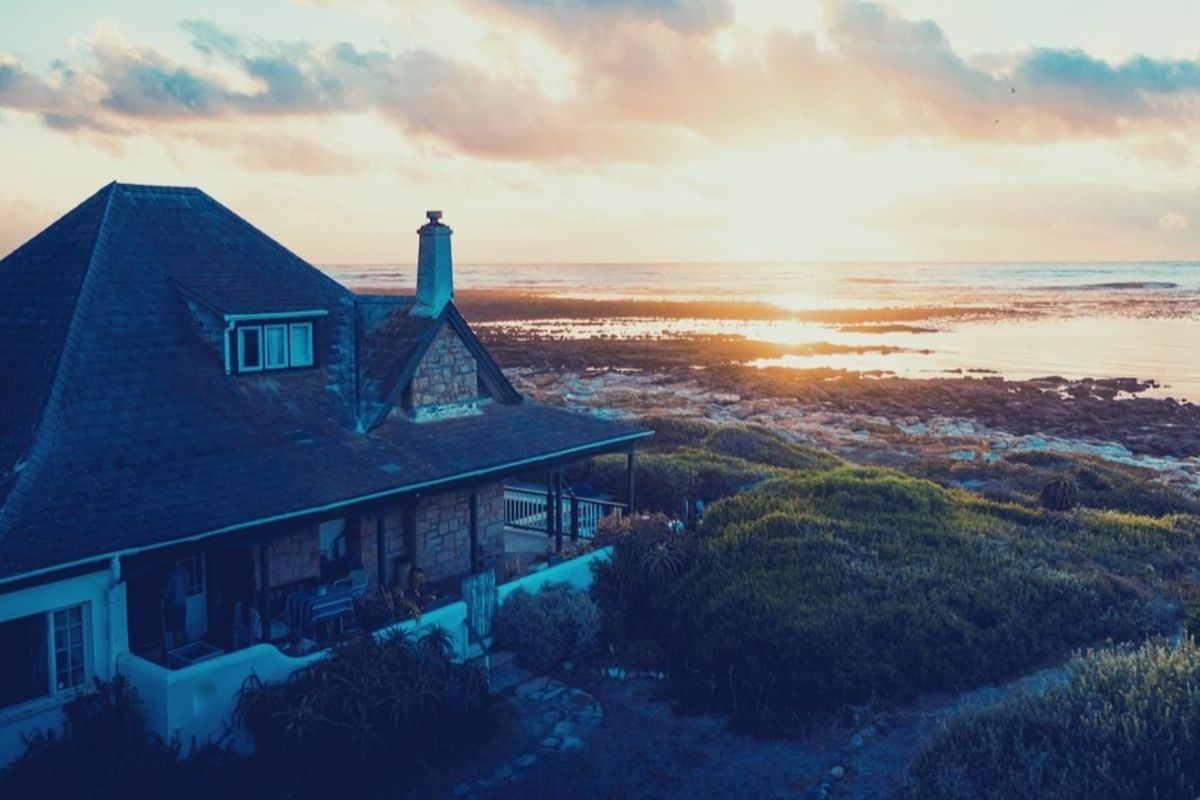
dormakaba Editorial Team

Giovanni Iacovino
Giovanni is one of the leaders of the dormakaba digital team in the Americas as SVP Global Product Development, Cloud Platform Services and Solutions. His main goal is to develop a world-class cloud platform and cloud operations organization.
Related articles

Society
Catastrophic Wildfires: Can Technology Anticipate and Prevent Them?
When a natural disaster occurs, the recurring question is: "Could it have been avoided?" Technology plays a crucial role in our response.

Society
5 Iconic Roles of Doors in Science Fiction
Doors serve a dual purpose in architecture, blending function and form. But in literature—and particularly in science fiction—they take on deeper symbolic meaning.

Technology
What Your Face Reveals: Biometric AI Detects Emotions, Illnesses, and Even Your Vote
Beyond ID checks, facial recognition powered by biometric AI now reads emotions, monitors health patterns, and forecasts behavior.